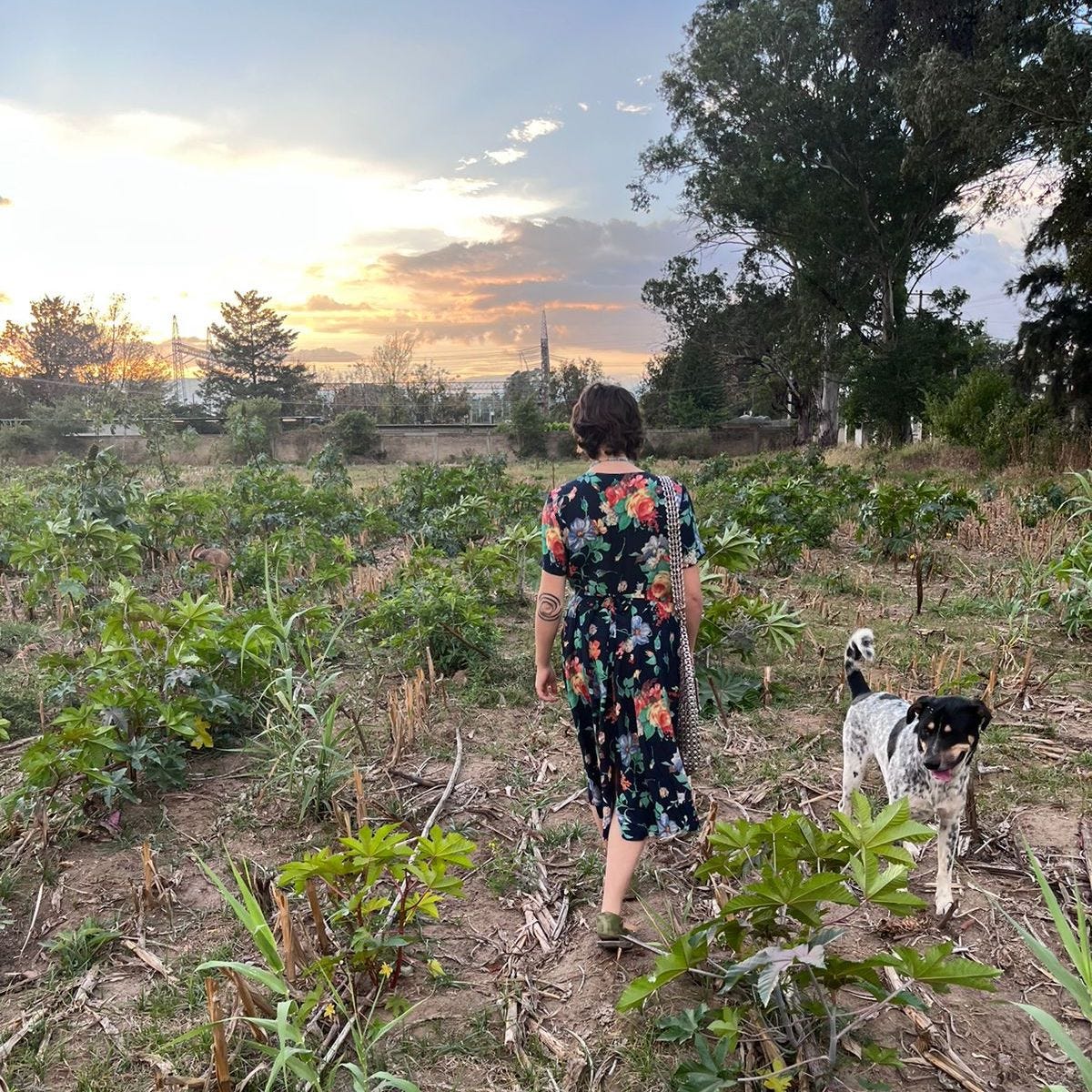Poor children, not even knowing how their brain works!
Life 101 that should be taught in school
When I took a full time job in a startup at 16 years old, while also studying my senior year curriculum, I realized something. School never taught me how to:
Be autonomous,
Learn how to learn,
Feel internally motivated,
Discipline myself.
Those competencies were critical in order to succeed in the big challenges I’d set for myself. So how did I manage to learn them, while having 2 full time activities?
Experiential learning in itself was really efficient to develop those soft skills. Meaning that I was learning them by practicing them every single day. But it wasn’t enough.
I had to understand the THEORY behind it all in order to master them. This meant getting to know my brain.
School doesn’t teach students how their brains work. So I taught myself, and then I taught others
How silly would it sound to let someone drive a ship without ever having learned the basic mechanics that make the boat move?
This is what we’re doing with our brains and bodies in general. We’re trying to use this incredibly complex piece of engineering, without dedicating time to learn how it works and how to use it best. So much potential wasted.
The other problem that comes with not knowing how something works is that we’re more easily influenced into believing falsehoods about it. This happens ALL the time with brain function. For example, we’ll believe that we’re not good at something because our brain is not wired to understand it: this is regularly heard from students who believe they are “not made” to study math.
I believed in some of these prejudices, too. But as I rarely accept the status quo, I dove into the topic to form my own opinion.
I became a neuroscience nerd. And what I learned was fascinating: it transformed my perspective on life. This is why I dedicated a big chunk of my book, Hack your Education, to teach students how their brain works in order to live more fulfilling lives.
For instance, the first chapter of my book is called “The clichés about the brain”! But enough about fake things; here, let me teach you one fact about the brain that will help you hack your concentration!
To concentrate, you have to master the focus & diffuse modes
Our concentration goes into 2 main modes:
The focus mode, which allows us to concentrate on things that we, in essence, know already.
The diffuse mode, which gets us in a creative flow, or helps us to learn something new.
For example, to write this article, I needed first to concentrate in a diffuse way, in order to get ideas on what to write and do research. Then, to articulate my thoughts and do the writing, I switched into focus mode.
Let’s say you or your child learns a new math chapter. In terms of concentration, this is how it should be done:
First, you’d need the diffuse mode to understand the big picture of this new concept. This could happen through a casual conversation with a teacher, or by doing some research on the internet, maybe leading you down a few rabbit holes that will help you connect this concept to something you know already.
Then you’ll get into doing some math problems in focus mode.
Maybe you didn’t understand something and did some extra research in diffuse mode.
Finally, you might take an exam to assess your understanding of the problem. You’d get the best results by going into focus mode.
What do we observe in the brain to explain these two modes?
Think of 2 pinball tables. Here’s the illustration from my book to explain this concept:
On the left side, you have the focused pinball table. The ball is like a thought. Here, it will bump along by following patterns, the neural pathways that are already formed in your brain. This allows you to work efficiently on things you are already familiar with.
On the right side, you have the diffuse pinball table. As you can see, there are fewer bumpers, and they’re farther from each other. The thought-ball will go farther, and on more random journeys. You’re being creative, associating new things together, or creating an overview of the problem.
The way I train myself to switch from one mode to the other is by bringing awareness to the type of tasks I’m trying to achieve and to adapt my setup to it. For example, if I want to do some focused work, I’ll set a timer and turn off any music or distractions.
If I want to achieve a creative task or learn something new, I might discuss it with a peer, get into a few Wikipedia articles (and all the links!), or do some Yoga Nidra to get into a meditative state.
Let me know how it works for you and thanks for reading!
Zelda
Share this with a person that will love to learn about their brain:
Subscribe for more insights on Social-Emotional Learning, the Future of Education & the people building it:
Greetings from Mexico! After touring Europe for 3 months, I’m back home.
Sources:
- Hack ton Bac, Elsa Cohen (Zelda Poem)
- Learning how to learn, Barbara Oakley, Coursera
Article art’s cover: Sharm Murugiah





I agree and have felt there's huge gap between brain science and learning. Some great people like Carol Dweck are trying to close that gap though.